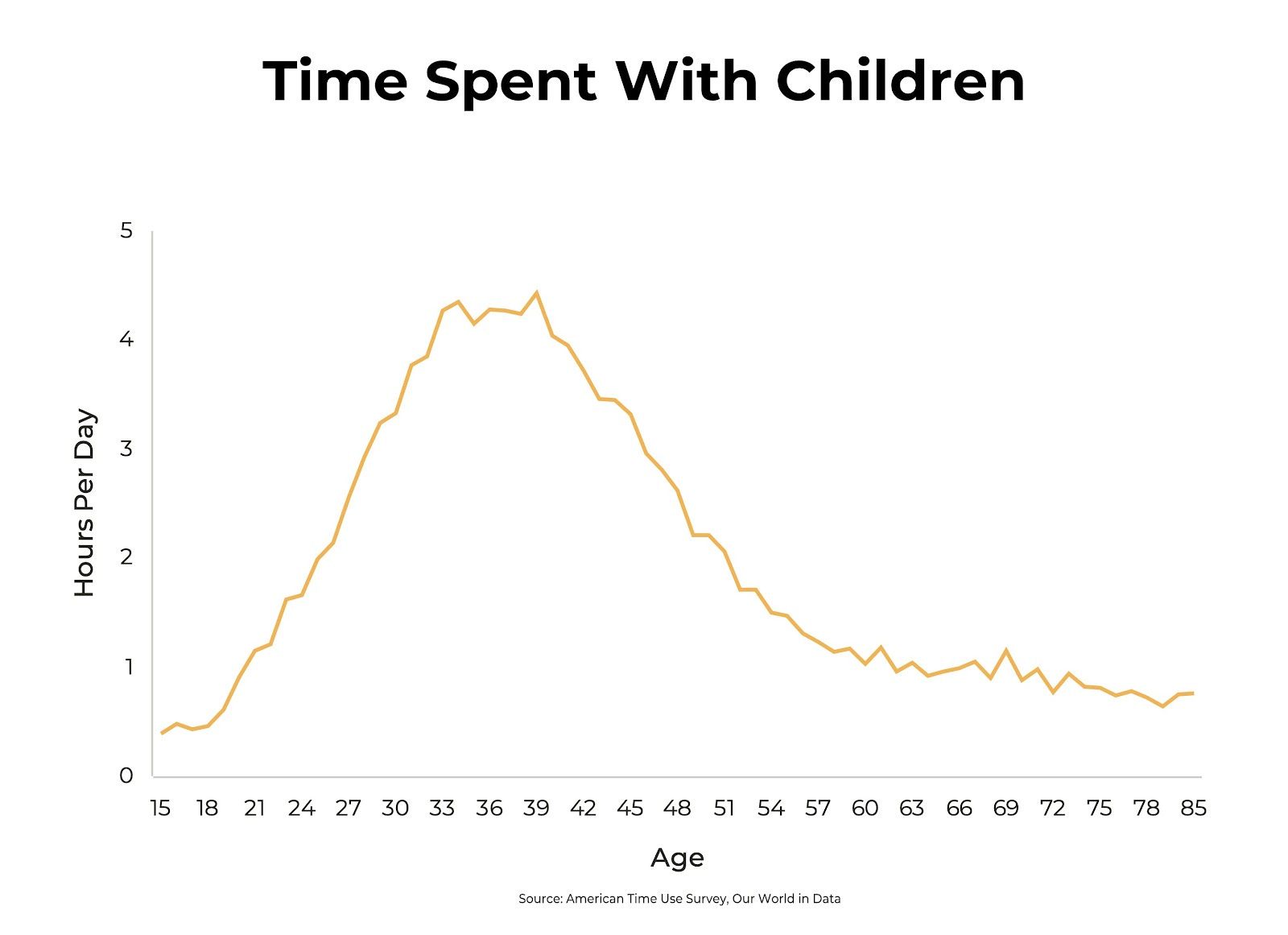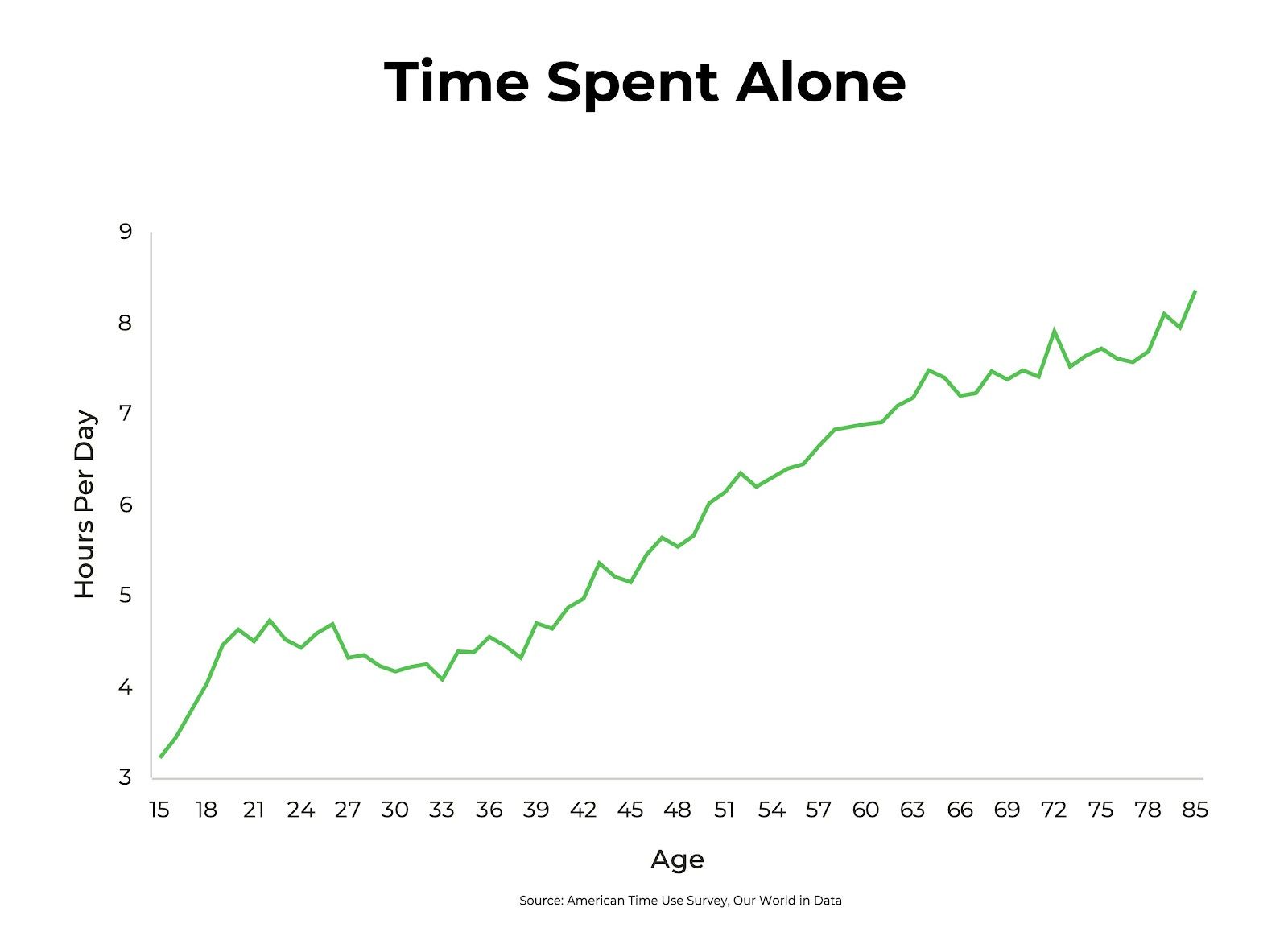What is our most valuable asset?
Lately I’ve been thinking about what is our most valuable asset. I’ve heard that it’s your ability to make money, or your home is your biggest asset.
I definitely think health ranks us there, but as I get older I’ve got a different perspective.
Our most precious asset is something that we all waste – time.
Time billionaires are commonplace. Despite what you hear, Baby Boomers aren’t our wealthiest citizens.
Young people with little to speak of regarding financial assets have something older folks like Warren Buffet and Charlie Munger can only dream about.
Think about it.
Every day is 86,400 seconds. A million seconds is almost 11 days. A billion seconds is slightly over 31 years. . . When you’re young, you are literally rich with time. At age 20, you probably have about two billion seconds left (assuming you live to 80). By 50, just one billion seconds remain.
Too many of us fritter away hundreds of millions of precious seconds on trivial pursuits instead of savoring the present moment.
We keep moving the goalposts to find happiness in things rather than connections.
Keeping up with the Joneses, owning the biggest homes, or delaying happiness into an unpredictable future never works. All the money in the world can’t quench a never-ending search for consumption.
Temporary happiness fades fast. Soon it’s on to something bigger, better, younger, and more attractive.
We are doomed to do it all over again.
Sahil Bloom puts it all together in his excellent post for Free Press:
"It's natural, but it’s a dangerous game—one that we will lose. . . eventually. We waste a lot of energy on the past and future when the present is all that’s guaranteed. We push for more—but really, we need to find our enough. Never let the quest for more distract you from the beauty of enough."
We must value time over money because things are replaceable; time is precious.
Assuming we have unlimited present moments creates a dreadful decision-making tree.
Time with family is a short-term asset that needs maximization of the moment, not distraction by the screen.
Take a look at these graphs for a dose of reality

You might not realize it, but the road from kindergarten to university is way quicker than you think.
The same goes for the lifespans of aging parents and other members of your extended family. As the years pass, you’ll likely spend unimaginable time alone.

We all live on borrowed time, and the interest rate is punishing.
Life has few guarantees, but one thing is almost inevitable for most of us. Whether you like it or not, you will run out of time before running out of money.
Keep that in mind in your decision process.
There are no do-overs for regret and time.
Choose wisely
Source: Source: https://www.thefp.com/p/the-time-billionaires-sahil-bloom


















